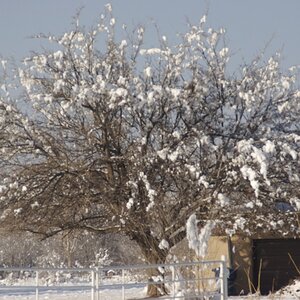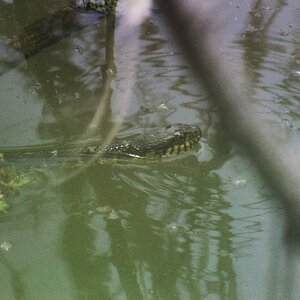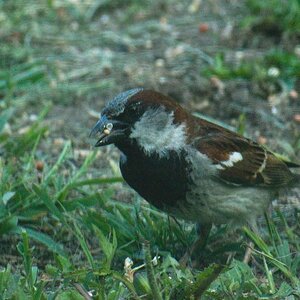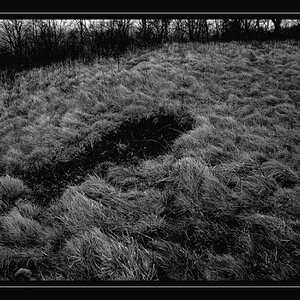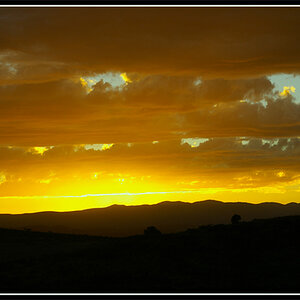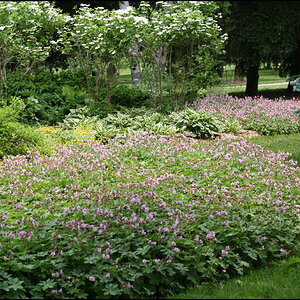osumisan
TPF Noob!
- Joined
- Sep 10, 2010
- Messages
- 106
- Reaction score
- 4
- Location
- Southern California
- Website
- motionshooter.smugmug.com
- Can others edit my Photos
- Photos NOT OK to edit
Do you have advice for shooting the Nutcracker Ballet? This is a typical venue: dark theater, bright spot lights, white costumes, and shooting from about 50 feet from the stage. I shot this show several years ago with my Nikon D70, 80-200mm f/2.8 lens from the mezzanine. 80% of the shots I took then were not acceptable in my standards but did get lucky a few times. I probably came away from the show with about 10 photos that I would consider showing to others.
This time, I have a full-sensor camera but will use the same lens and will be shooting from about the same distance away. I plan on cranking the ISO up to around 2000 or higher which will give me a shutter speed between 1/250 and 1/640 (not sure until I get to the theater). Not sure for white balance if my expo disc will be sufficient due to the variety of stage lighting that will be combined on the performers or if I should just shoot on AUTO WB.
I a perfect world, I would sit close to the stage and shoot with my 85mm f/1.8 lens but I think I will be too far away to use that one.
Do you have techniques that have worked for you in the past under these difficult conditions? Auto focus or manual focus?
Thanks for any advice on this topic.
This time, I have a full-sensor camera but will use the same lens and will be shooting from about the same distance away. I plan on cranking the ISO up to around 2000 or higher which will give me a shutter speed between 1/250 and 1/640 (not sure until I get to the theater). Not sure for white balance if my expo disc will be sufficient due to the variety of stage lighting that will be combined on the performers or if I should just shoot on AUTO WB.
I a perfect world, I would sit close to the stage and shoot with my 85mm f/1.8 lens but I think I will be too far away to use that one.
Do you have techniques that have worked for you in the past under these difficult conditions? Auto focus or manual focus?
Thanks for any advice on this topic.



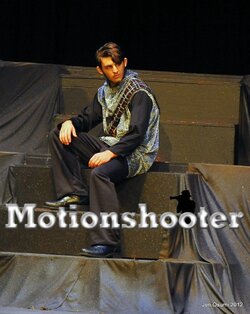
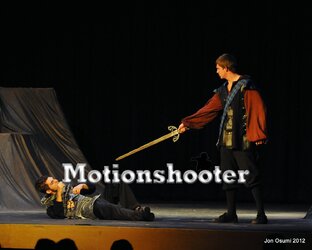
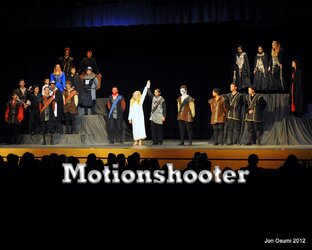
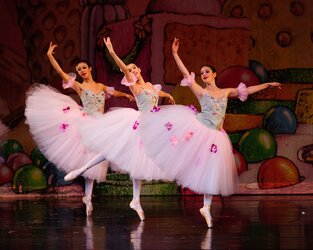

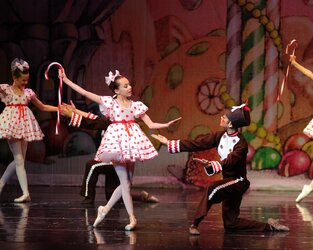


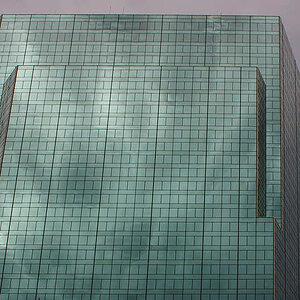
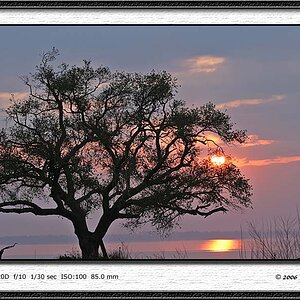
![[No title]](/data/xfmg/thumbnail/42/42016-4e3a2f053aa7a987a0b51e5a0fe85262.jpg?1619739978)
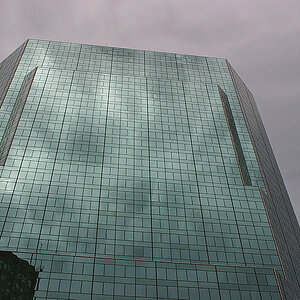
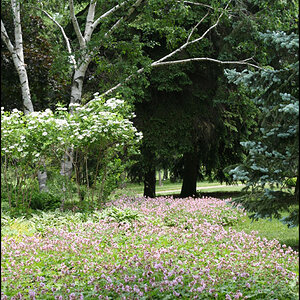
![[No title]](/data/xfmg/thumbnail/42/42020-6dbbc2fb244014aa89adfe2ccf067af7.jpg?1619739979)
